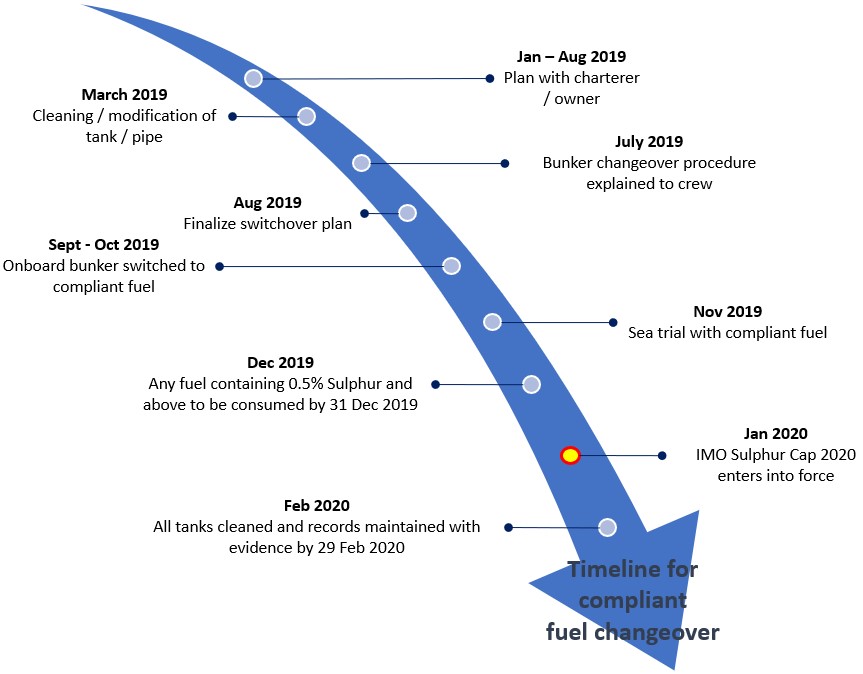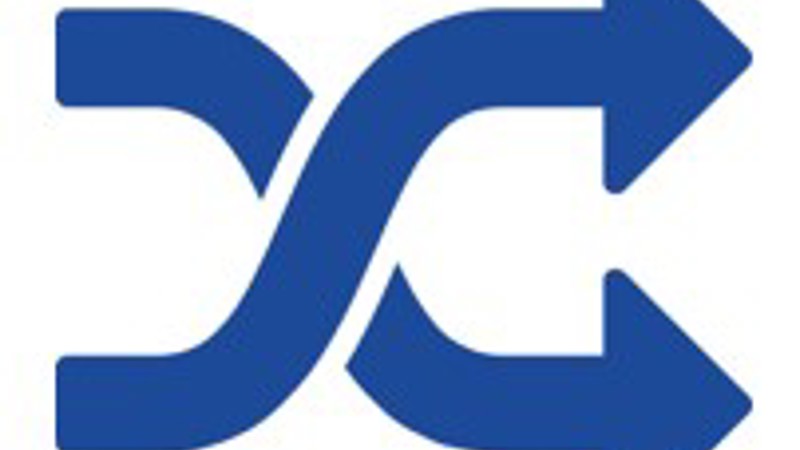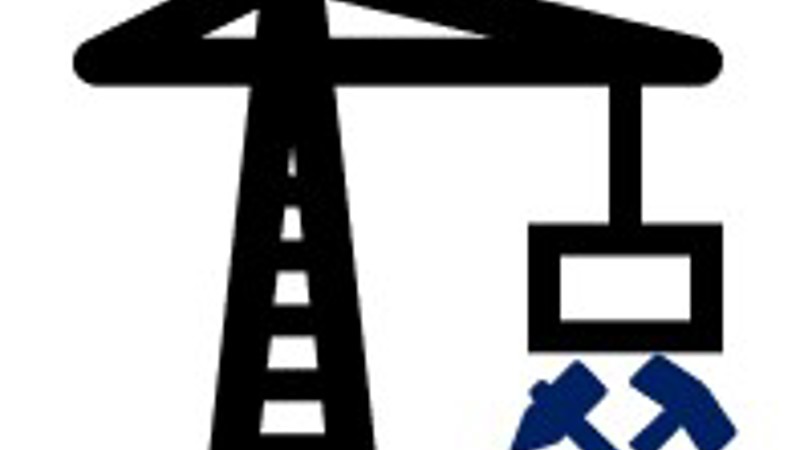Preparation for compliant fuel

威尔森观察
|
Rajiv Nigam, GM - Technical Services Group
With the deadline of IMO Sulphur Cap 2020 drawing closer, we understand the owner's pressing need to keep vessels operational while simultaneously preparing to comply with this environmental regulation.
A ship specific detailed changeover procedure must be available onboard all ships trading between areas with different Sulphur limitations. A calculation system (e.g. FOBAS) shall be used, if required. Crew involved in the changeover process must be fully immersed in all relevant procedures and tasks. This is crucial to prevent potential technical issues such as engine or boiler malfunction.
NO TIME TO LOSE
WSM recommends owners, charterers and ship managers to start the discussion regarding switching to compliant fuel as early as eight months in advance to ensure that the plans materialize and are implemented effectively. If you have chosen to comply by using low Sulphur fuel, begin planning today.

The processes for change must be detailed and precise to minimize complications and non-compliance.
For owners choosing to use compliant fuel, we have enumerated some recommendations below to assist smooth transition. :
CHANGING BUNKER ONBOARD
|
|
DOCUMENTATION |
|
STRUCTURAL MODIFICATION |
|
OPERATION |
Consulting makers and suppliers
Monitoring and trial
|
Having a good implementation fuel oil / changeover plan is just the begining of the transition phase. A very important aspect of the plan is to address potential risks that may arise.
WSM is determined to keep our managed vessels in line with new international environmental requirements while maintaining safe operations.
Contact us to understand the options for sailing in compliance.
Disclaimer : While care has been taken to ensure the information in this publication is accurate, this is a general guide and not intended to be relied on for any specific purpose. Wilhelmsen Ship Management Holding Limited and its subsidiaries cannot be held responsible for any errors or consequences arising therefrom. If you would like to reproduce any part of this publication, please seek our prior approval.



